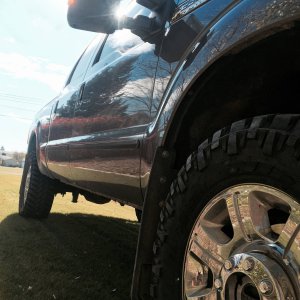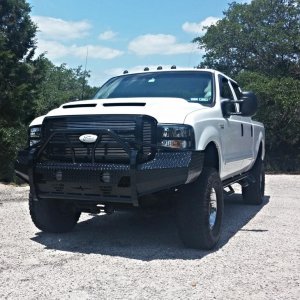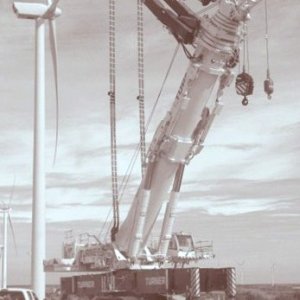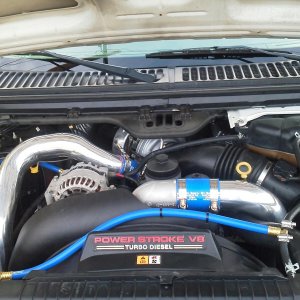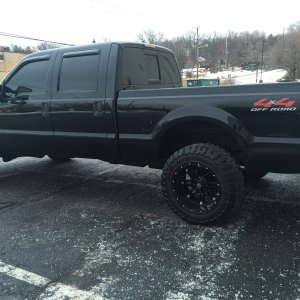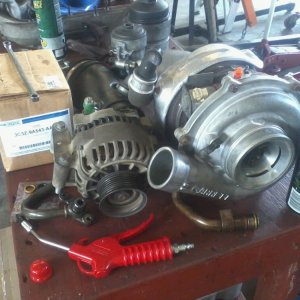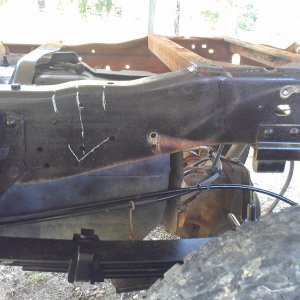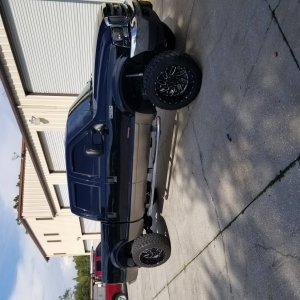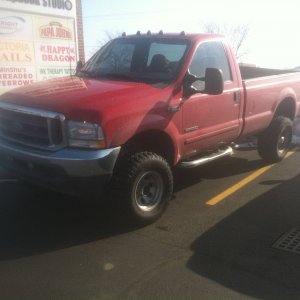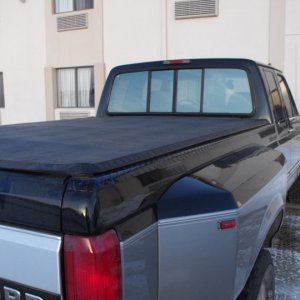Crack85
Active member
I would say finger tight and then back off slightly. Bottoming out with the stud not having any tension on it is fine, but the problem is (especially with a higher friction lube) is that you often put tension on the stud against the block when tightening the fastener
When you tension the stud against the bottom of the hole, you compound that tension with the final torque applied to the fastener.
Makes sense.


